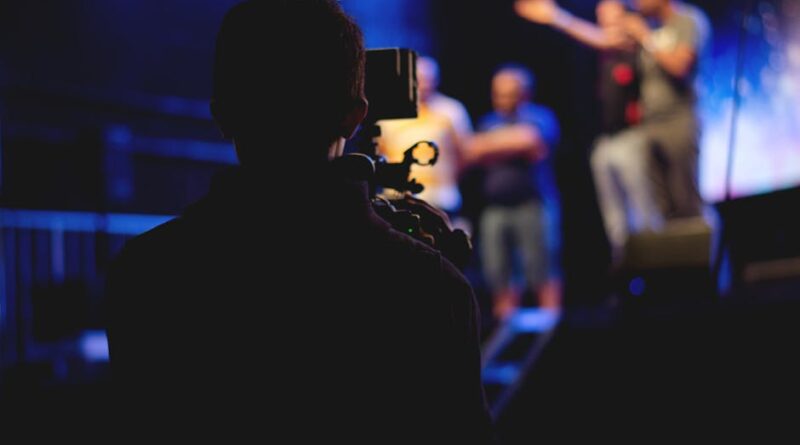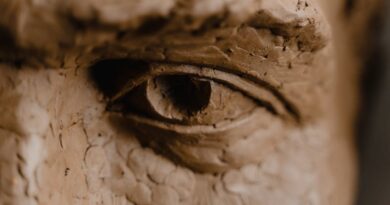How Technology is Reshaping the Arts
Art has always been a reflection of society, culture, and human creativity. Throughout history, artists have used various mediums to express their emotions, thoughts, and ideas. However, with the rapid advancement of technology in recent years, the landscape of the arts has been transformed in ways unimaginable before. From digital art to virtual reality experiences, technology has opened up new avenues for artists to explore and innovate. In this article, we will delve into how technology is reshaping the arts, influencing both the creation and consumption of artistic works.
1. Digital Art: The Intersection of Technology and Creativity

One of the most significant ways technology is reshaping the arts is through digital art. Digital art encompasses a wide range of mediums, including computer-generated images, animations, and interactive installations. Artists are now leveraging advanced software tools and technologies to create unique and immersive artworks that would have been impossible to achieve using traditional methods.
For example, digital artist Beeple gained widespread recognition for selling a digital artwork as a non-fungible token (NFT) for millions of dollars. This groundbreaking sale not only highlighted the growing popularity of digital art but also raised questions about ownership and authenticity in the digital realm.
2. Virtual Reality and Augmented Reality: Redefining the Art Experience
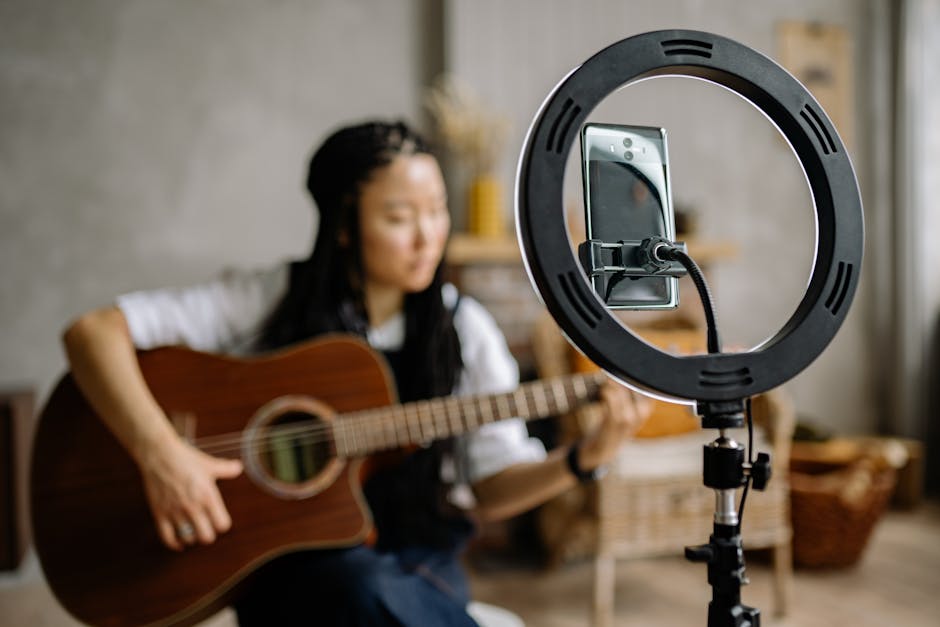
Virtual reality (VR) and augmented reality (AR) are revolutionizing the way people engage with art. Museums and galleries are increasingly incorporating VR and AR technologies to provide visitors with immersive and interactive experiences. Through VR headsets, viewers can step into a painting or sculpture, experiencing it in a whole new dimension.
Additionally, AR apps allow users to overlay digital artworks onto their physical surroundings, blurring the lines between the virtual and real worlds. Artists like Olafur Eliasson have embraced AR technology to create site-specific installations that challenge traditional notions of space and perception.
3. AI and Machine Learning: Collaborating with Technology
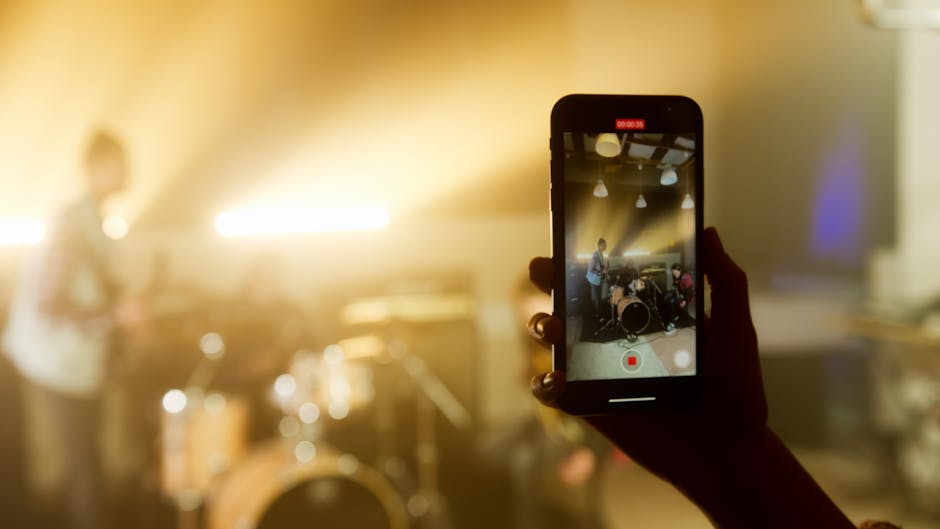
Artificial intelligence (AI) and machine learning algorithms are also playing a significant role in reshaping the arts. Artists are using AI to generate art, compose music, and even write poetry. By training AI models on vast datasets of artistic works, creators can explore new creative possibilities and push the boundaries of traditional art forms.
One notable example is the collaboration between artist Mario Klingemann and Google Arts & Culture, where they used machine learning to create a series of AI-generated artworks inspired by the works of famous artists. This project showcased the potential of AI as a tool for artistic expression and experimentation.
4. Online Platforms and Social Media: Democratising Art Access
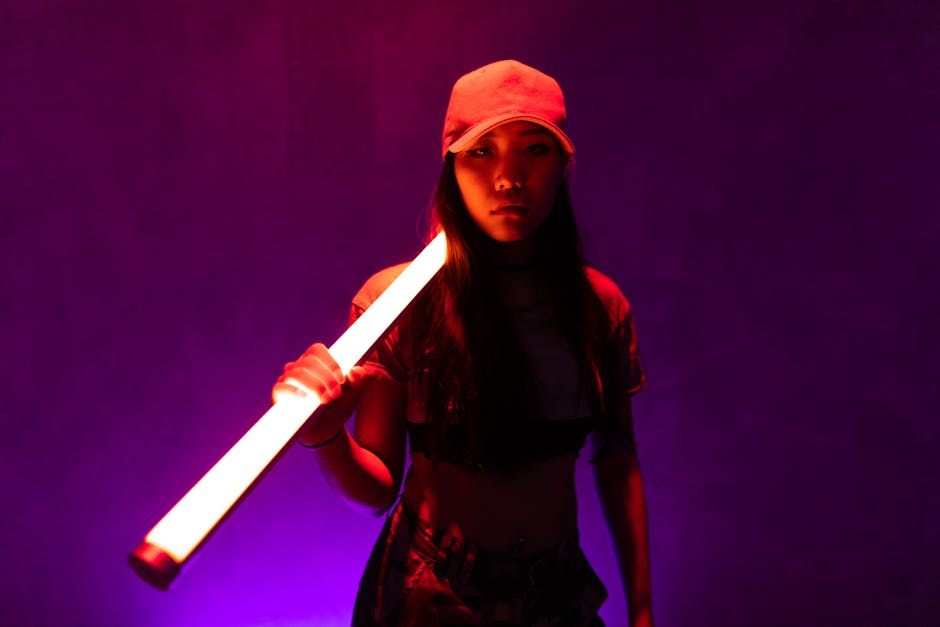
Technology has democratized the art world by providing artists with online platforms to showcase their work to a global audience. Websites like Instagram, Pinterest, and Behance have become virtual galleries where artists can share their creations, connect with other creators, and build a fan base.
Moreover, social media has enabled artists to engage directly with their audience, receive feedback in real-time, and even sell their artwork online. Platforms like Etsy and Shopify have made it easier for artists to monetize their creations and reach a broader market without the need for traditional gallery representation.
5. Ethical and Legal Implications: Navigating the Digital Frontier
As technology continues to reshape the arts, new ethical and legal challenges have emerged. Questions about copyright, ownership, and authenticity in the digital realm have sparked debates among artists, collectors, and policymakers. Issues like plagiarism, digital rights management, and data privacy are becoming increasingly complex in the age of digital art.
For instance, the rise of NFTs has raised concerns about the environmental impact of blockchain technology and the exclusivity of digital ownership. Artists are grappling with how to protect their intellectual property rights while embracing the benefits of blockchain in the art market.
6. The Future of Art: Innovations and Collaborations
Looking ahead, the future of art is bound to be shaped by technological advancements and collaborations across disciplines. Artists, scientists, engineers, and designers are coming together to explore new possibilities at the intersection of art and technology. From bioart to data visualization, the boundaries of artistic expression are expanding in ways that were once unimaginable.
As AI, VR, and other emerging technologies continue to evolve, artists will have unprecedented tools at their disposal to create, experiment, and innovate. The fusion of art and technology is not only redefining the art world but also challenging our perceptions of creativity, beauty, and human expression.
7. Conclusion: Embracing the Technological Renaissance in the Arts
To wrap things up, technology is undeniably reshaping the arts in profound ways, offering new opportunities for creativity, collaboration, and exploration. From digital art to AI-generated masterpieces, the possibilities are endless for artists willing to embrace the digital frontier. As we navigate this technological renaissance in the arts, it is crucial to strike a balance between innovation and ethical considerations, ensuring that art remains a reflection of our humanity and cultural heritage.
As we witness the convergence of art and technology, one thing is certain: the future of the arts will be shaped by our collective imagination and ingenuity. By embracing the transformative power of technology, artists can push the boundaries of artistic expression and inspire a new generation of creators to explore the endless possibilities of the digital age.

